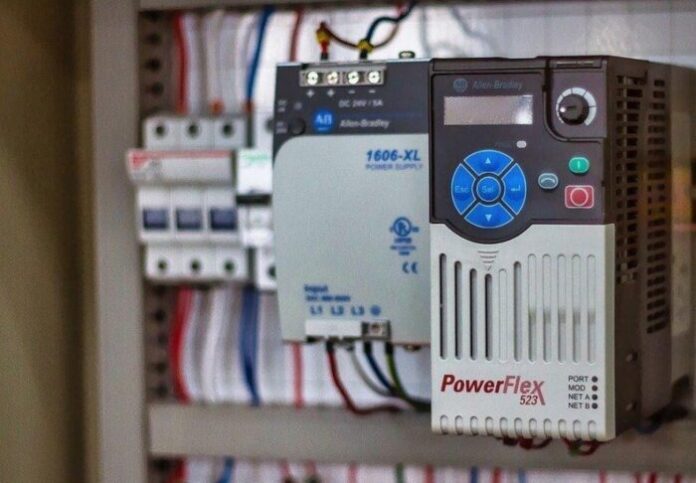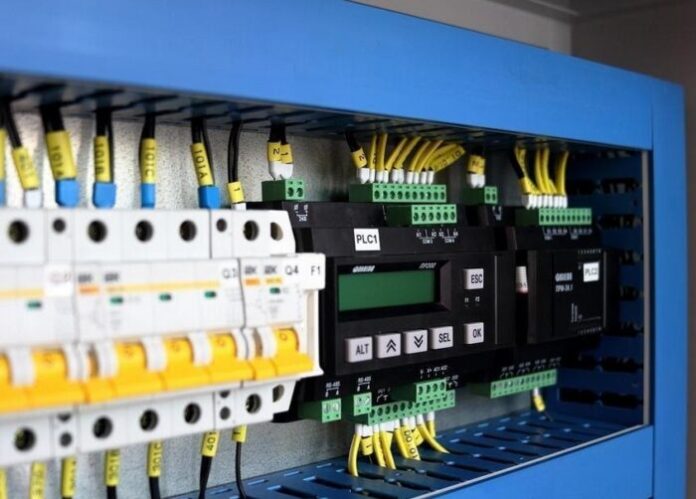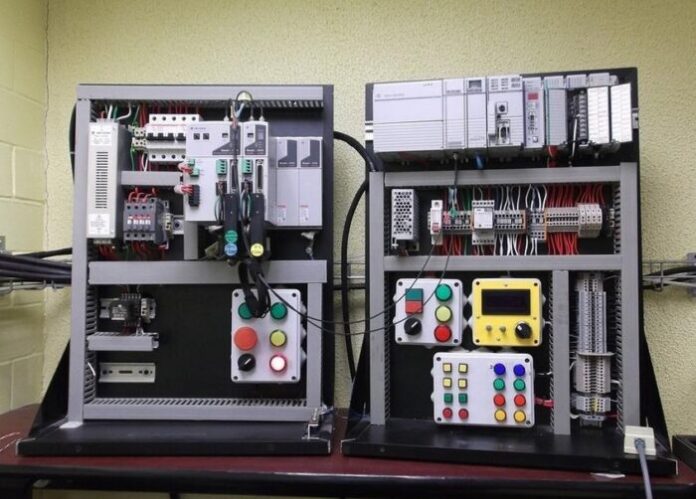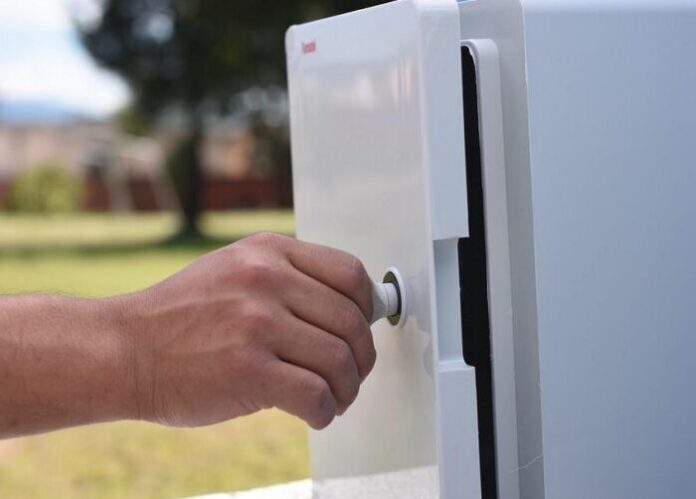What do light fixtures, factory assembly lines, and amusement park rides have in common? Well, every single one of them is controlled by a PLC (Programmable Logic Controllers).
For those who don’t know, a PLC is a digital computer that people use to control equipment by continuously tracking output and input devices.
PLCs are made for several outputs and input arrangements. They can endure different impacts, vibrations, electrical noises, and temperature ranges.
It’s highly beneficial for a company to integrate a PLC into its mechanical processes or production line. PLCs can easily replicate or change the operation processes while communicating and collecting crucial data simultaneously.
PLC is simply short for Programmable Logic Controllers. They are a tiny industrial computer with modular parts made to automate customized control processes.
Oftentimes, people use PLCs in industrial plants and factories to control circuit breakers, fans, lights, pumps, and motors.
An integrated PLC panel can track any process and offer information however and wherever you require it.
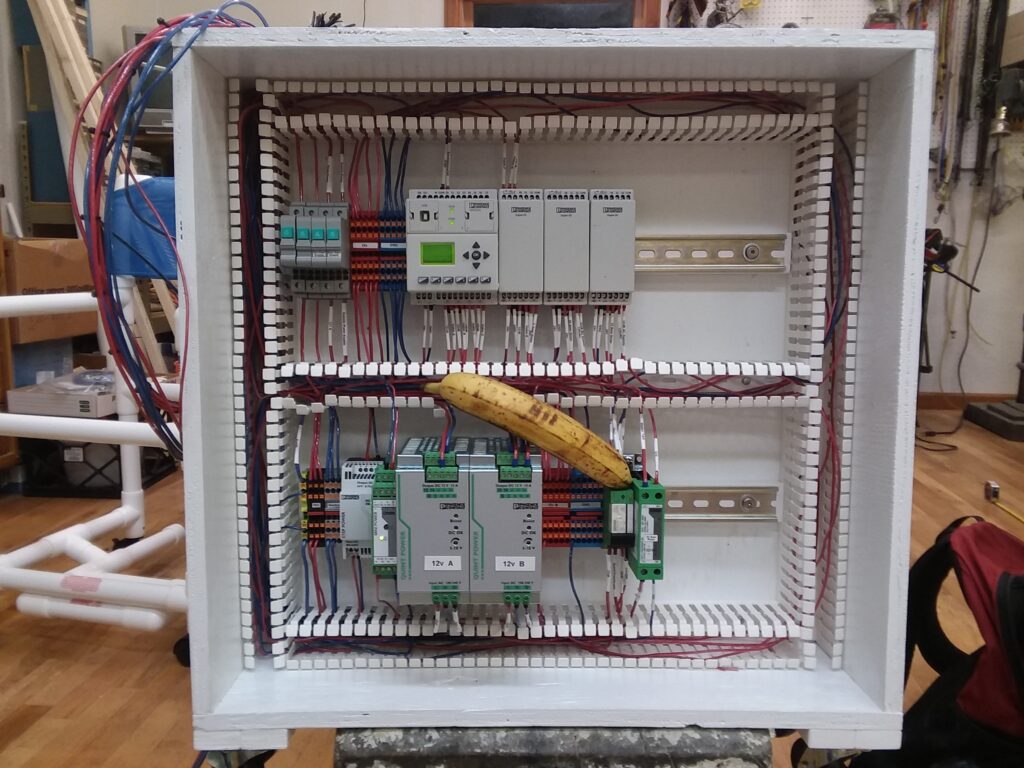
Fundamentals of a PLC Control Cabinet
-
Terminals
This is crucial for all cabinets. The number of terminals required for every cabinet depends on the number of signals that you can configure.
You need these things if you just need a simple PLC control cabinet. You can see the condition increase if you need other things in your control cabinet.
-
Processor or CPU
The CPU (Central Processing Unit) is the control center of the PLC. It obtains and stores user programs and information entered by the programmer according to the functions provided by the PLC system program.
The CPU can also diagnose syntax errors in the user program, examine the status of the watchdog timer, I/O, memory, and power supply, and much more.
When people operate PCL, first it obtains the information and status of every input device in the field by scanning.
Next, it stores the data in the I/O image area. Then, it reads the user programs one by one from the user program memory.
After the CPU interprets the command, the result of performing arithmetic or logical operations according to the directions is sent to the I/O image area.
Finally, the data is transferred to the corresponding output device. The operation runs until it stops.
Typically, you can find the CPU inside a PLC control cabinet from EABEL.Click here for mre information.
-
I/O Section
The field output interface circuit is incorporated by the output data register, the interrupt request circuit, and the strobe circuit.
It functions as a PLC to output the corresponding control signal to the field execution part via the field output interface circuit.
-
Programming Device
People can connect CPU cards with programming devices via a communication link through a programming port on the CPU.
Then, they can use an operating station to offer an “operating window” to the PLC process. In general, it’s a separate device, like a computer, that is loaded with Human Machine Interface Software.
-
Power Supply
The PLC’s power supply plays an extremely crucial part in the whole unit. Without a reliable and good power supply system, the PLC will not properly work.
Because of this, manufacturers of PLC also attach excellent importance to the manufacture and design of power supplies.
In general, the AC voltage fluctuates in the range of 10-15%. You can directly link the PLC to the AC grid without taking other measures.
-
Communication Module
When a person uses the PLC, its working process is divided into 3 stages in general. This includes output refresh and input sampling.
Completing the three stages above is known as the scan cycle. During the whole process, the CPU of the PLC repeatedly performs the above three stages at a particular scanning speed.
After that, the PLC can control the automation of your processes, such as a robotic welding arm.
Features of Programmable Logic Controller
- A PLC can adapt to different harsh operating environments. In addition to that, it also has strong reliability and anti-interference ability. The truth is that they’ve got higher reliability compared to other models.
- PLCs are also easy to utilize. They include simple programming that utilizes precise programming language such as statement lists, logic diagrams, or ladder diagrams without computer knowledge. Because of this, the development cycle of the system is short. It’s also easy to debug the system on-site. Furthermore, you can modify the program online to change the control scheme without disassembling the parts.
- The system is easy to expand, has a flexible configuration, and is controlled by on-off quantity. It can conduct PID loop control of the constant process. PLCs can also create a complex control system with the host computer. This includes DCS and DDC to achieve complete automation of the production process.
Should You Use a PLC?
Here are a couple of reasons why you need to use a PLC:
- PLCs can seamlessly work with Human-Machine Interface computers.
- PLCs offer easy troubleshooting capabilities.
- They are a worthwhile investment. This is particularly true when it comes to controlling complex systems.
- The flexibility of a PLC makes it easy to customize control logic any time you want.
- PLCs can conduct relay-switching tasks, as well as compare, calculate, and count analog process values.
- Because PLCs are sectional, you can match and combine them. Thus, you can pick the ideal combination of output and input devices for your particular process.
- These devices improve the functionality of controls and don’t take up a lot of physical space.
- PLCs get rid of the need for rewiring and adding extra hardware for every new logical configuration. This is particularly helpful for your trade show rentals Las Vegas.
Conclusion
The PLC control cabinet refers to the programmable control cabinet. It has protection functions such as phase loss protection, short circuit, and overload.
It has complete functions, stable operation, and a compact structure. You can also combine them depending on the actual control size.
PLC control cabinets can adapt to industrial automation control occasions of different sizes.

